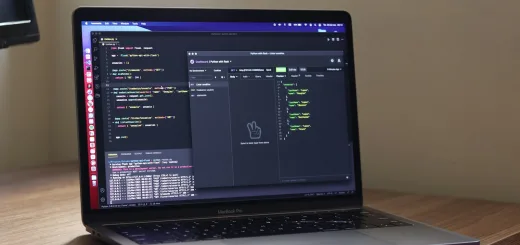Singleton Pattern in Software Design: A Use Case

The Singleton Pattern is a popular design pattern used in software development. It involves a specific class which is responsible to create an object while making sure that only a single object gets created. This class provides a way to access its only object which can be accessed directly without need to instantiate the object of the class. This guide explains the Singleton Pattern, its implementation, and presents a detailed use case to illustrate its practical applications.
Understanding the Singleton Pattern
The Singleton Pattern is a part of the creational pattern group, which focuses on object creation mechanisms. In essence, the Singleton pattern ensures that a class has only one instance and provides a global point of access to that instance. It involves a single class which is responsible to create, and can give access to, that single instance.
Implementation of the Singleton Pattern
Implementing the Singleton pattern involves several key steps:
- Private Constructor: The constructor of the class is made private to prevent the instantiation of the class from outside the class.
- Private Static Instance of the Class: The class maintains a private static instance of itself.
- Public Static Method: This method (commonly called
getInstance()) is used to create and return the instance of the class. It ensures that the class instance is created only once, typically on the first call, and then returns this instance on all subsequent calls.
public class Singleton {
private static Singleton instance;
private Singleton() {} // Private constructor
public static Singleton getInstance() {
if (instance == null) {
instance = new Singleton();
}
return instance;
}
}Use Case: Configuring a System Environment
Problem: In many applications, especially in complex systems or large applications, there is a need to manage system configuration information that is globally accessed by various parts of the application without the overhead of repeated initialization.
Solution: The Singleton pattern can be effectively used to manage such configurations. By using a Singleton to handle configuration settings, you ensure that:
- The configuration data is loaded into memory only once, reducing I/O overhead.
- The data is accessible globally through a well-known access point.
- The integrity of the data is maintained, preventing accidental modifications.
Example:
public class ConfigurationManager {
private static ConfigurationManager instance;
private Properties configProps;
private ConfigurationManager() {
configProps = new Properties();
loadConfiguration();
}
public static ConfigurationManager getInstance() {
if (instance == null) {
instance = new ConfigurationManager();
}
return instance;
}
private void loadConfiguration() {
// Load configuration from a file or other external source
// This method is called once only.
}
public String getProperty(String key) {
return configProps.getProperty(key);
}
}In this example, the ConfigurationManager class is a Singleton that loads configuration settings from a file when it is first instantiated. These settings are then available application-wide through the getInstance() method.
Conclusion
The Singleton pattern is particularly useful when exactly one object is needed to coordinate actions across the system. It provides a controlled access point to a specific instance, ensuring that multiple instances of the same class do not inadvertently get created.


